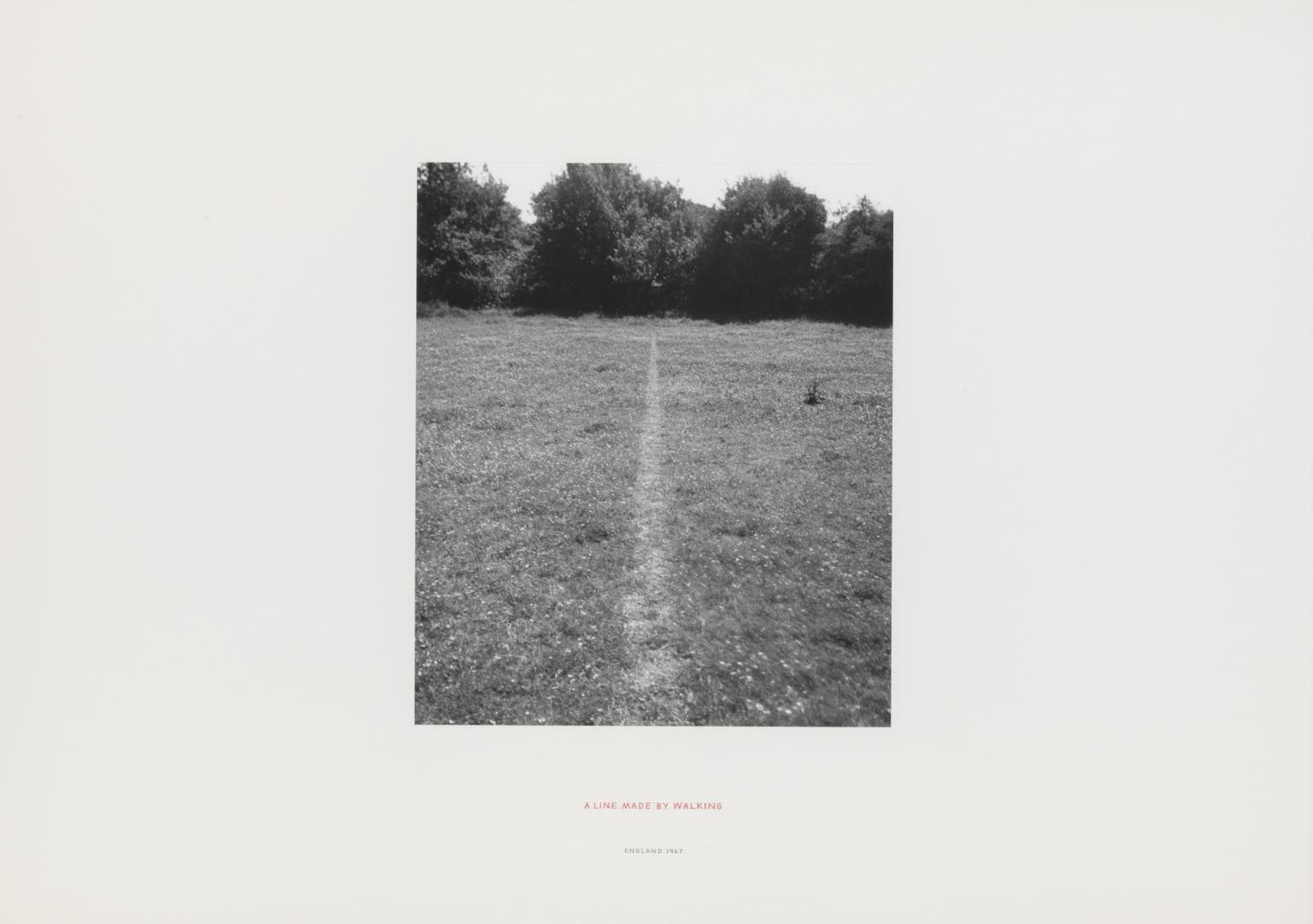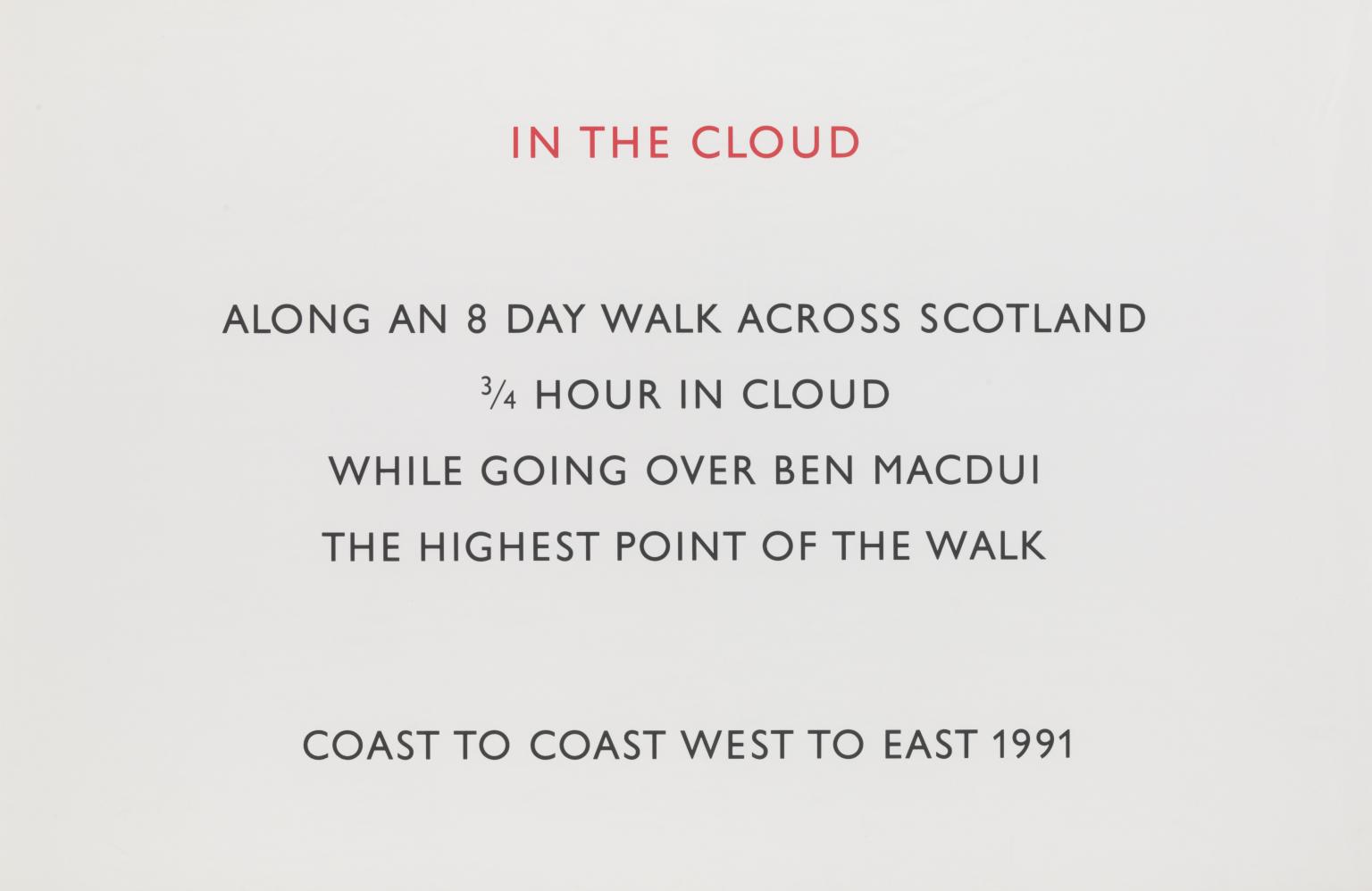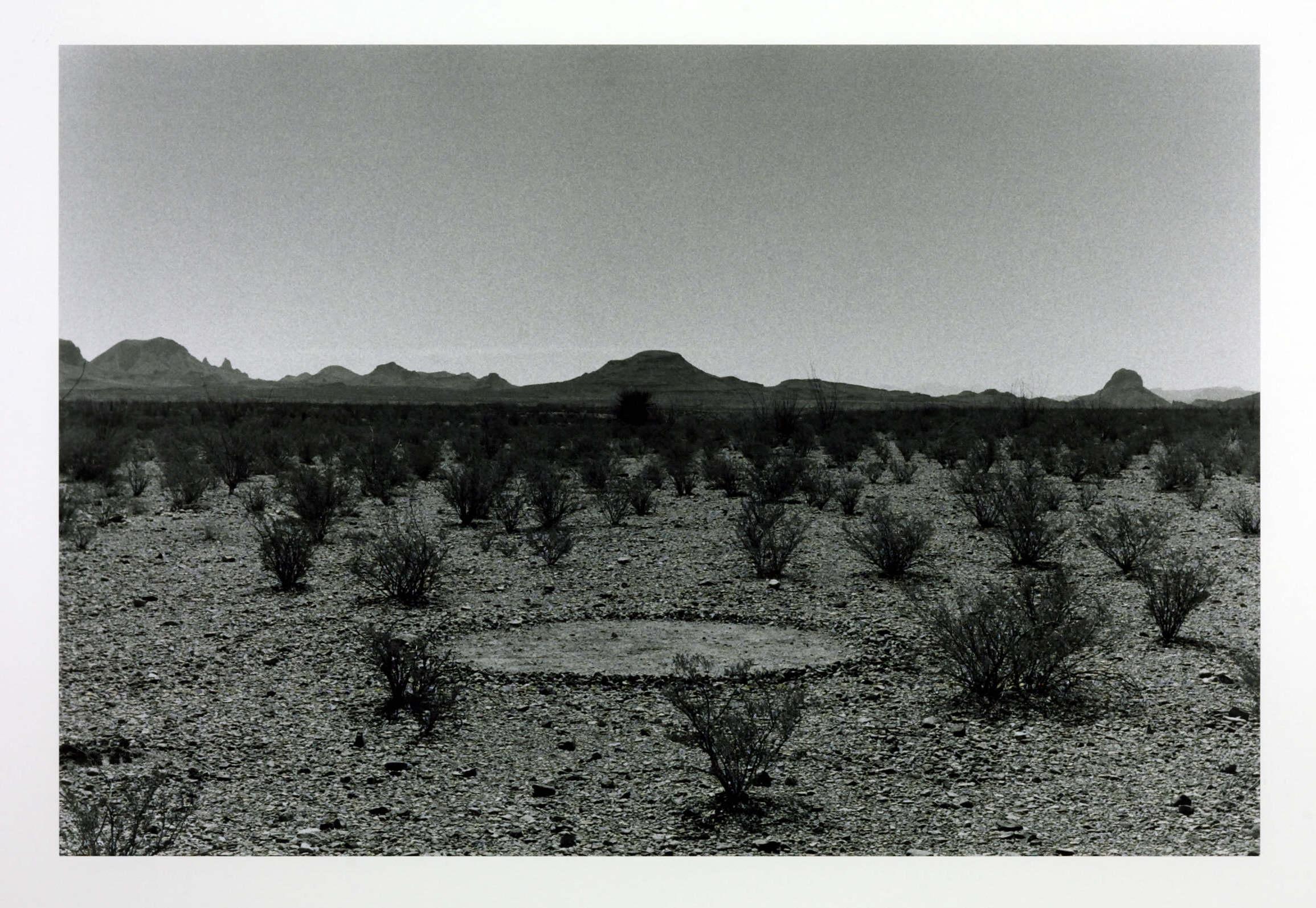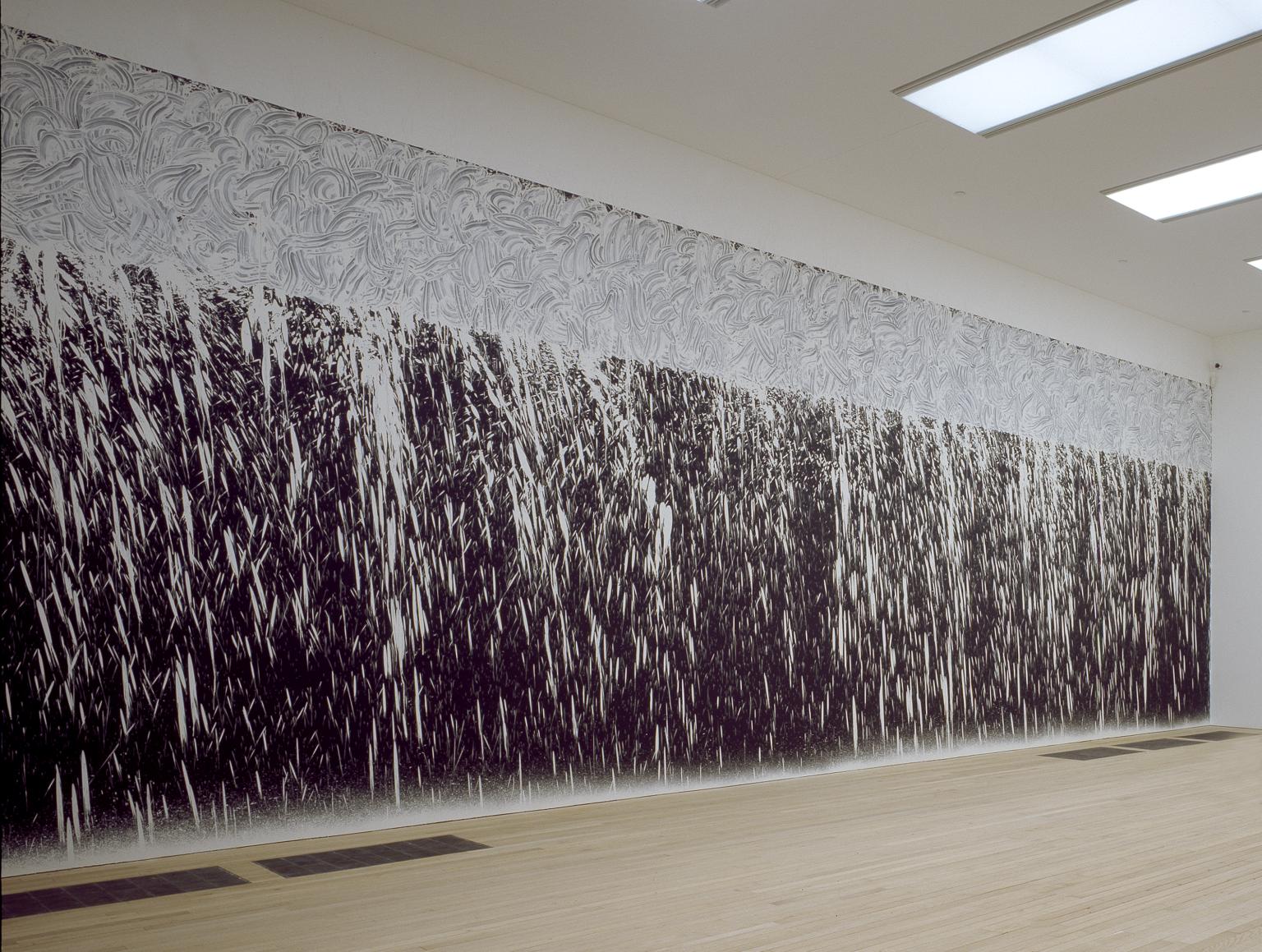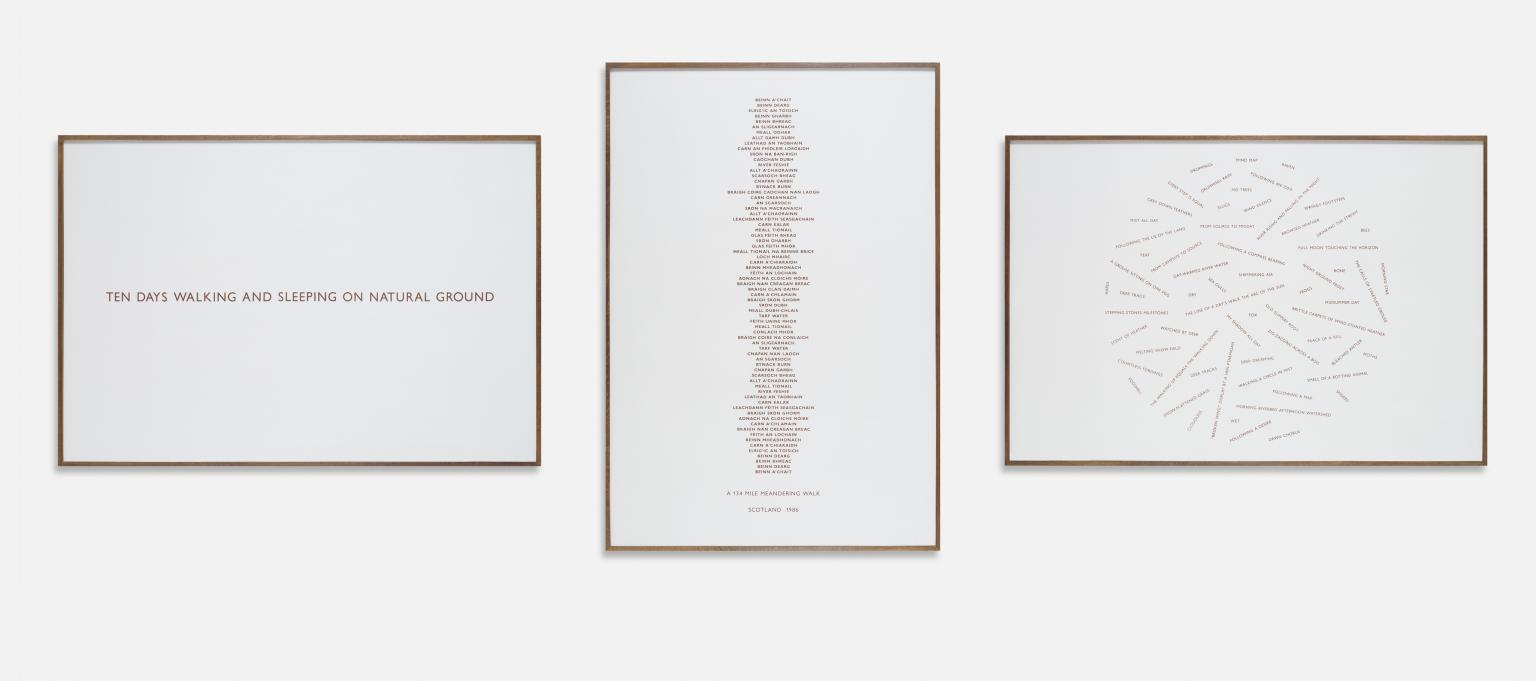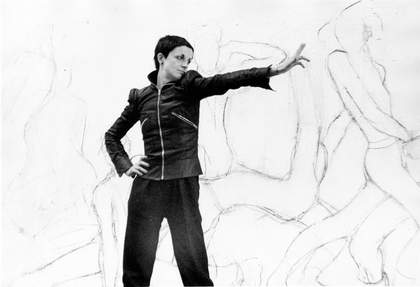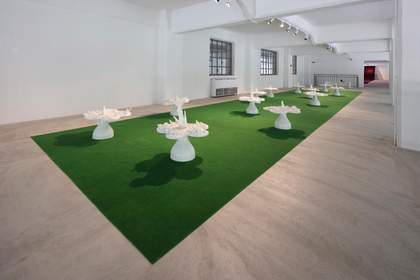Helen Chadwick combines powerful imagery and visceral materials, creating pieces that are both sensuous and unsettling
Helen Chadwick (1953ﻗ1996) was born in Croydon and spent most of her career working from her home and studio in Hackney, London. Her work experiments with light, sculpture, photography and installation. It explores ideas of the self, gender, eroticism and consciousness which Chadwick drew from philosophy, science and art history.
The relationship between viewer, subject and artist is never straightforward for Chadwick. In the early to mid 1980s the artistﻗs own naked body featured frequently in her work. These pieces express her memory or desires as bodily sensations rather than abstract thoughts. However, the artistﻗs face is hidden or averted, anonymising her body. The viewer is invited to imagine themselves as the subject, rather than to be an external voyeur.
Towards the end of the 1980s Chadwick moved away from overtly using her body in her work. She began experimenting with visceral materials such as cells, animal and human flesh and bodily fluids. Works from this period dissolve the separation between genders, self and other, while also locating human consciousness firmly within the flesh and substance of the body. Chadwick explains, ﻗI didnﻗt know how I could depict my body without being female. It was at this point that I thought if I use the cells of my body, my interior self, then this would be read as ﻗhumanﻗ.ﻗ
In 1987, Chadwick became one of the first women artists to be nominated for the Turner Prize. Throughout the 1980s and 90s she taught at various art schools across London. Despite her sudden death at only 42, Chadwickﻗs prolific body of work and her dedication to her practice and teaching made her a vital influence on the next generation of British artists and beyond.
ﭦﻌﭼﺵﺭﻝ
Blavatnik Building Levelﺡ 4
30 September 2024 ﻗ 8 June 2025
Content guidance: Artworks in this display reference fertility treatment.
Art in this room

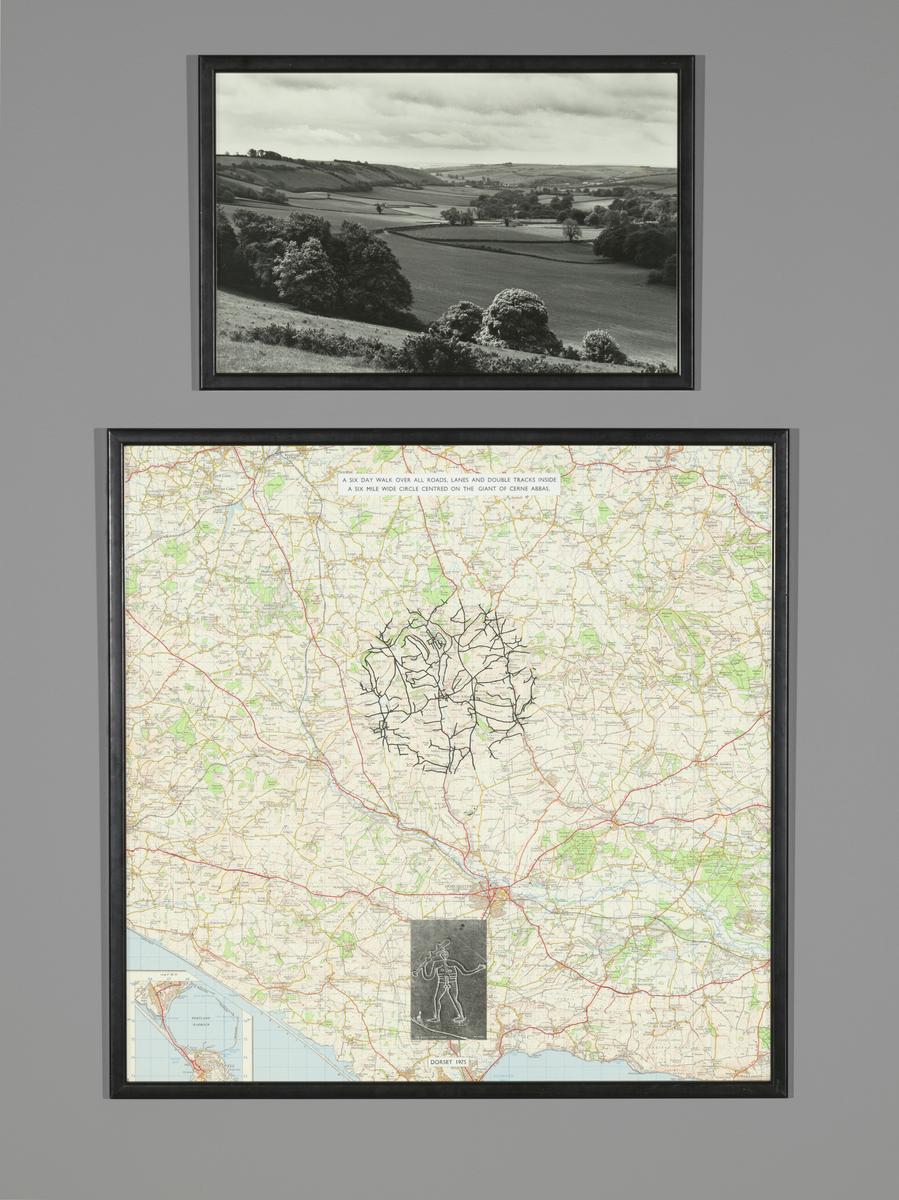
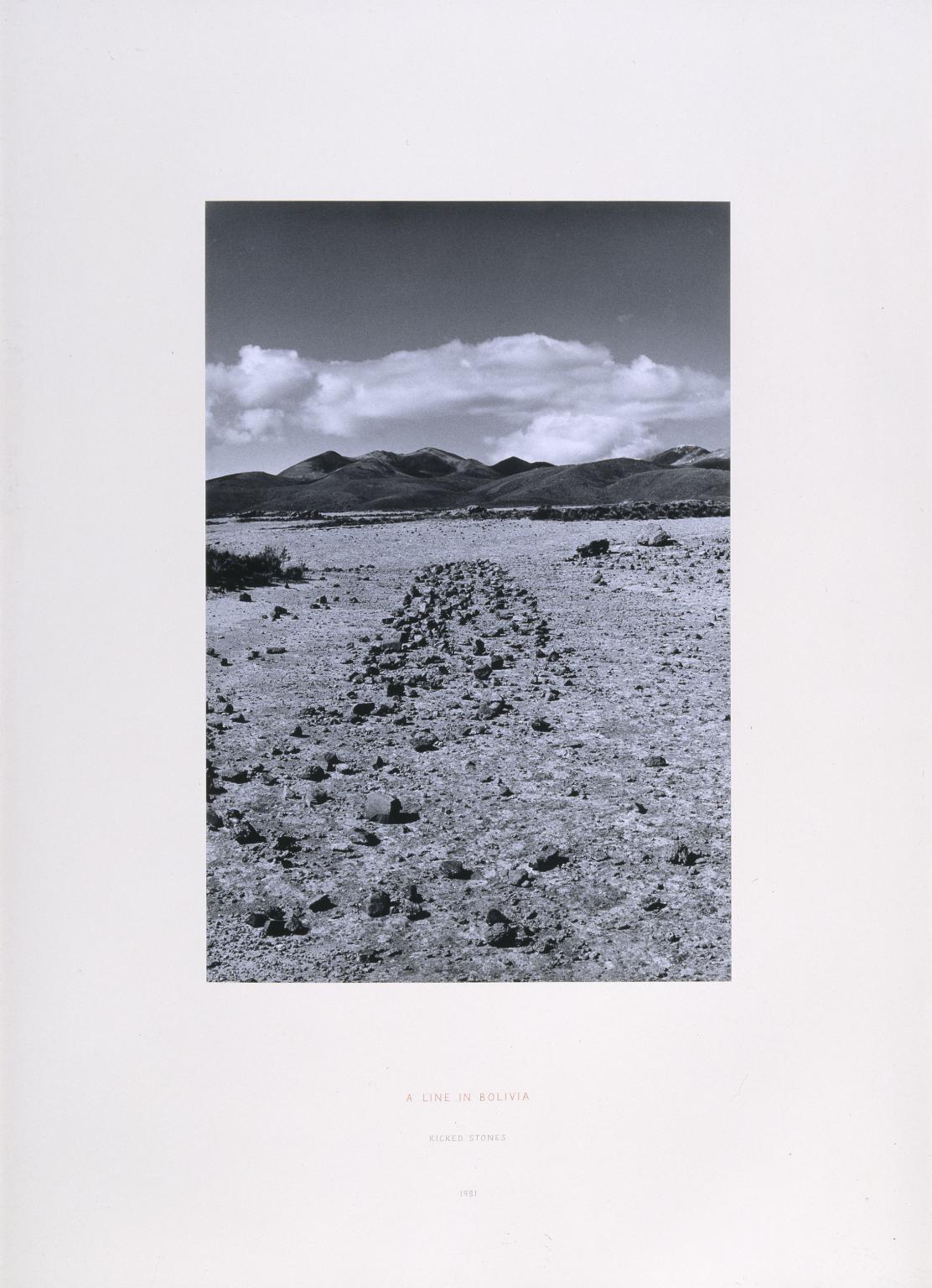


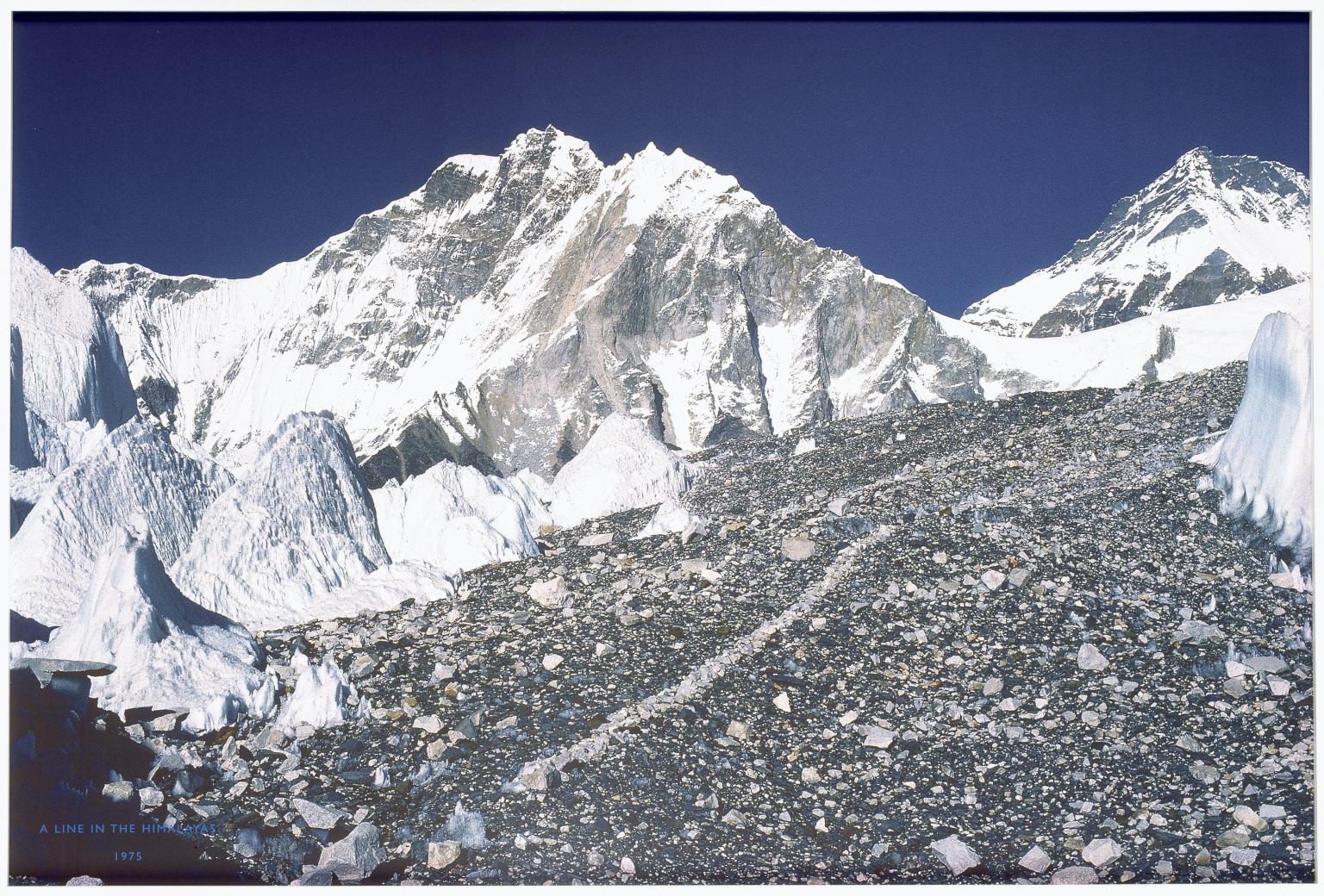
You've viewed 6/13 artworks
You've viewed 13/13 artworks


